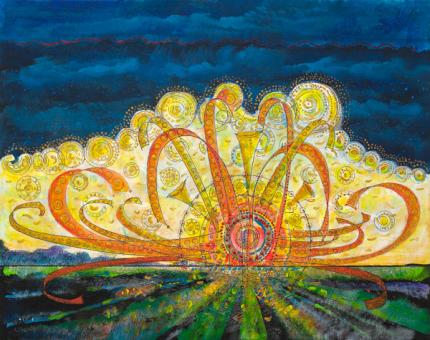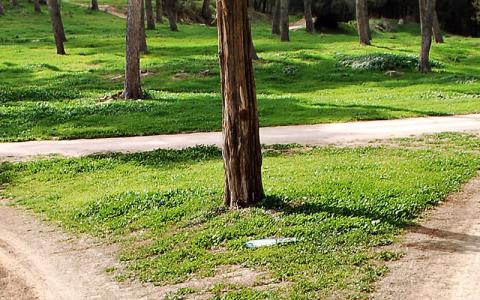But making room for God is challenging in a world characterized by hurry and hyperstimulation. Yet those who seek after God with intention and perseverance find him. In finding him, we also discover soul-rest and abundant living.
Practices That Make Room for God
Historically, there are two types of Christian practices that make room for God. These are practices of abstinence and practices of engagement. They function together like breathing: inhaling and exhaling, emptying and filling. We need both for our spiritual life.
According to Dallas Willard, in practices of abstinence we’re saying “no” to certain things in order to say “yes” to others. Practices of abstinence include solitude, silence, sabbath, simplicity, secrecy, sacrifice, fasting, and chastity. Our culture has a collective “fear of missing out” (FOMO). But in practices of abstinence we intentionally withdraw or do without. We make room for something far greater: Jesus’ presence and provision.
In practices of engagement we commit to certain practices and habits individually and in community. These include practices of meditation, prayer, worship, fellowship, hospitality, celebration, service, confession, and submission. We develop these habits in order that Christ may be more fully formed in us for the sake of others.
In this section you’ll find four of these practices—two of abstinence and two of engagement. There are many other rich practices that can help you make room for God. We encourage you to ask God’s guidance in discerning what your soul needs. A Spiritual Director may also be helpful in the discernment process.


